Horror has been critiqued for enforcing misogynistic ideas and celebrated for supporting modern feminism as the role of women keeps evolving.
For the most part, we see women as the ‘damsel in distress’ in horror movies, being pursued by a killer, often for having done something sinful. A site dedicated to amplifying the voice of women, bellaonline.com, supports this idea when it reports that “Horror films, and the slasher subgenre, are famous for portraying women as hypersexual damsels in distress who are usually murdered within the first five minutes as punishment for their indiscretions…”
Of course, that’s not always the case, and times are definitely changing when it comes to the portrayal of both men and women in horror films. Many modern films create scenarios and environments where expectations are subverted, traditional roles are reversed, and gender (as well as other facets, including sexuality and race) are more equalized and well-represented.
Let’s take a deeper dive into the stereotypical portrayal of women we often see in horror films, especially those of past decades, and explore how that portrayal has evolved over the years.
The Dumb Blonde
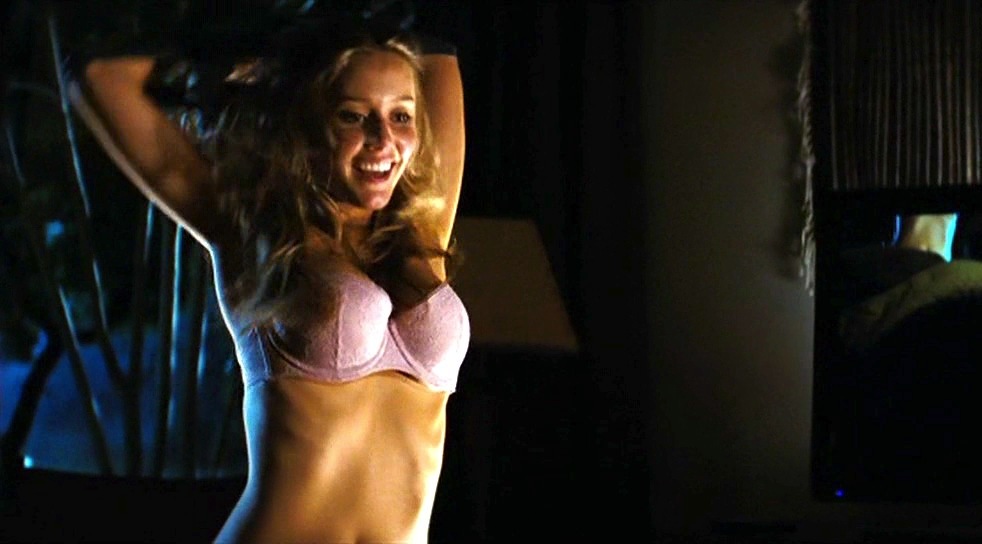
It is not hard to find examples of the reductive ‘dumb blonde’ stereotype. Tim O’Sullivan and his partners wrote a book entitled Studying the Media: An Introduction. In it, the authors outline the stereotype of the dumb blond as being “blond, using seductive body language, and using strong makeup.” She’s often portrayed as a confident and carefree woman comfortable with her sexuality, to the point where it becomes a primary point of characterization (i.e., the “slut” character). Typically, she’s one of the first to be killed, and she’s rarely given much depth, backstory, or personality beyond her looks.
As horror fans, we are so used to seeing this trope exploited that we can often predict the death of the vapid, beautiful blonde the moment she appears on the screen.
It’s not entirely clear why this trope has become so synonymous with the victimization of women in horror films. But it likely has something to do with the stereotype that blondes are more sexual and more prone to causing lascivious thoughts in men. She’s coded as an object of lust and reduced to nothing more than her surface attributes. Merely by existing, she triggers simultaneous desire and condemnation. Inherent misogyny means she is blamed and subsequently punished for her desirability and not being the virginal “good girl” that is worthy of salvation.

This is such a common phenomenon that Joss Whedon’s whole reason for creating the iconic title character in Buffy the Vampire Slayer was to subvert tropes and give us an attractive, blonde girl who isn’t sexualized, reduced to a caricature, or immediately killed.
She’s a teen dream with a valley girl name who you’d typically expect to be the very definition of a dumb blonde.
Instead, she’s a fierce, highly capable, intelligent fighter who makes us rethink our ingrained perceptions and expectations.
The Victim and the Final Girl
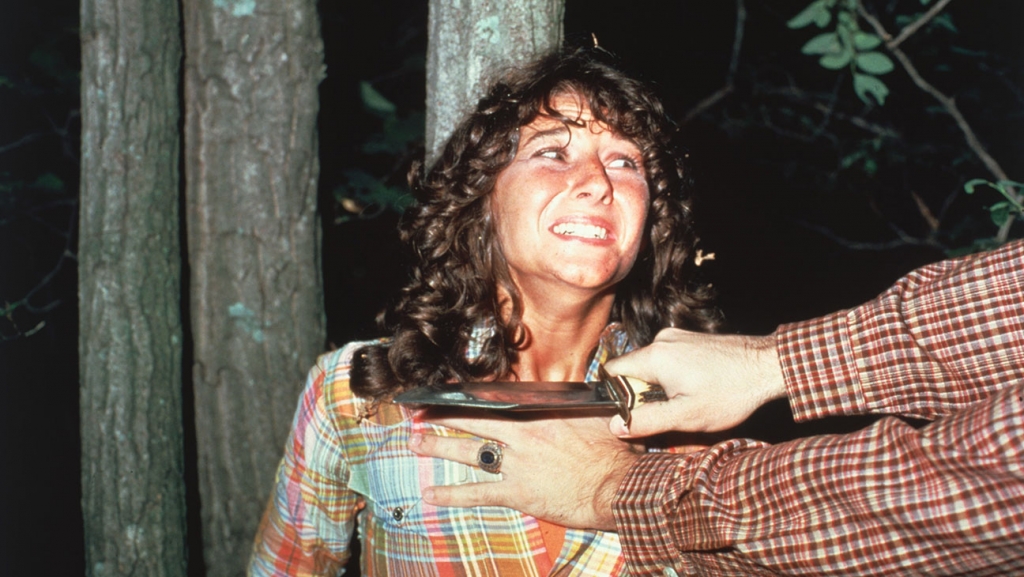
Historically, men are portrayed as either the beast or the hero, whereas women generally take the role of the victim. As Carol J Clover, the author of Men, Women and Chainsaws, explains:
“The functions of monster and hero are far more frequently represented by males, and the function of the victim far more garishly by females. The fact that female monsters and female heroes, when they do appear, are masculine in dress and behavior and often in name and that male victims are shown in feminine postures at the moment of their extremity…”
Here we see the male/female stereotypes clearly portrayed. The only way a female can be a hero is if she behaves like a man.
That’s not always the case. Some films and other genre media do subvert expectations, more so now than ever. And there are platforms like the Grande Vegas online casino where the online environment erases the issue of male vs. female. But this gender disparity is still widely represented in the genre.
The most common narrative we see in horror films — especially slasher films — revolves around a male killer (almost always) who spends the film rampaging and slaughtering everyone in his path. In the end, he is typically killed by the last remaining female.
Clover, who coined the phrase, final girl, explains this genre staple as “… a psycho killer who slashes to death a string of mostly female victims, one by one, until they are subdued or killed, usually by the one girl who has survived.”
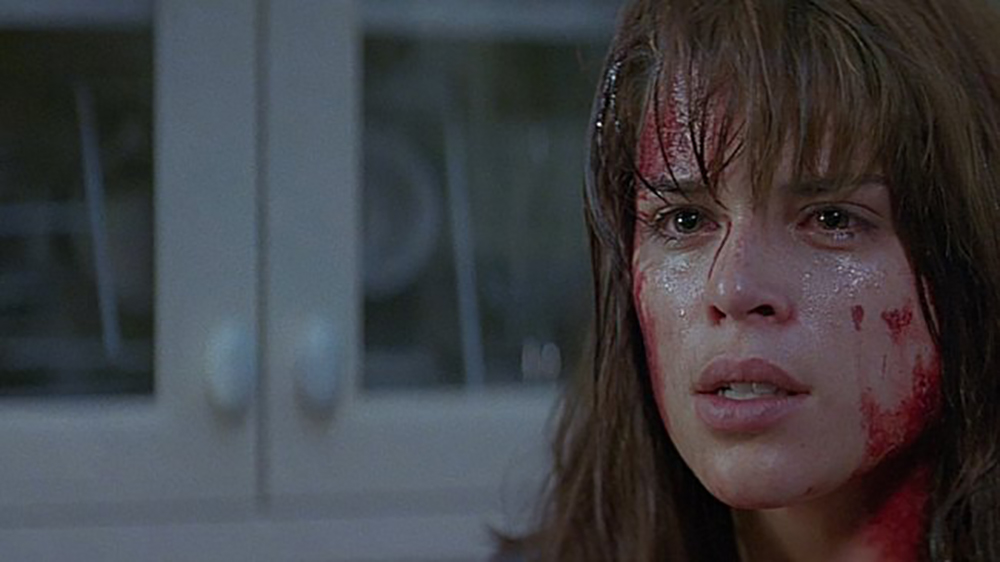
In action flicks, which also often feature extreme violence and carnage, men outnumber women at least seven to one. In horror movies, the final girl is the woman who goes on a journey, often from a timid victim to a beacon of strength and unstoppable power.
The way in which the narrative of horror films is typically structured can be seen very clearly in the film Scream. According to an online journal of film studies, Scope.nottingham.ac.uk:
“SCREAM also revitalized the genre by making the very conventions of the genre the subject of the film. The film’s parodic double-coding allows SCREAM to be both a horror film proper and a meta-film about horror films, seeking to ‘incorporate’ the test’s first ‘critical commentary’ within its narrative structure. This technique of revealing the narrative structure of horror allowed audiences in on the secret of the narrative. The film Scream, by revealing the narrative structure, changed the genre and industry.”
The Evolution of Women in the Genre
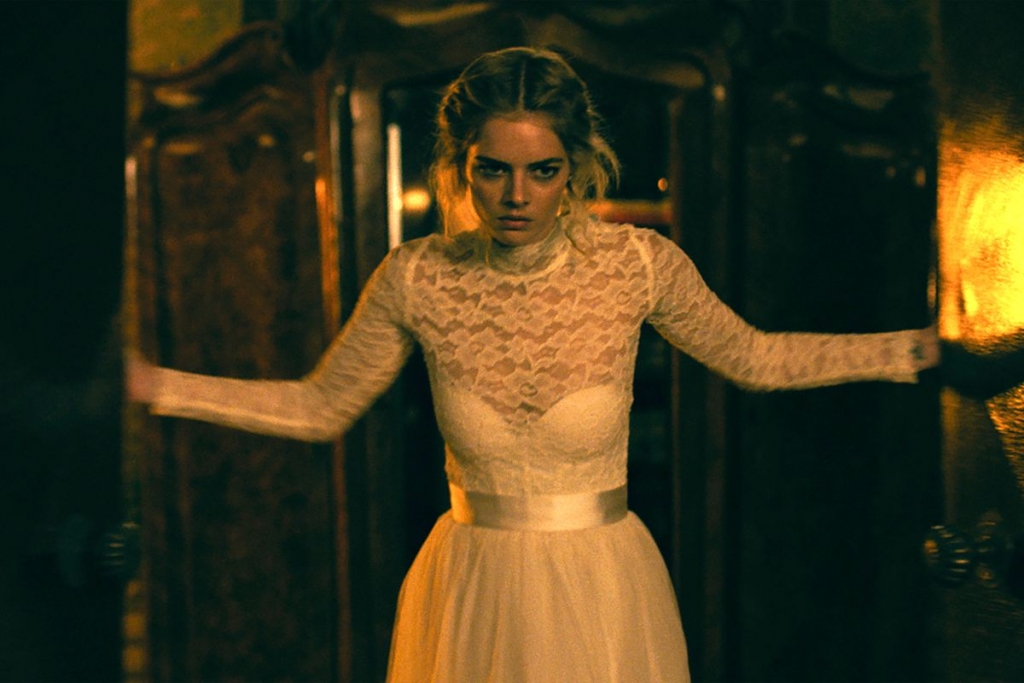
Feminist ideology has had a big influence on how women are perceived. That, in turn, has filtered into the way in which women are portrayed in horror movies. No longer is it always the dumb blond or damsel in distress who gets killed in a stereotypical fashion. We are now getting much more intelligence, agency, and trope subversion in modern horror films.
Feminism has played an important role in changing the way in which women are represented.
Nick Lacey, the author of Image and Representation, writes, “Feminism is an example of an emergent ideology that forced the dominant ideology to adapt but not to change fundamentally.” In other words, feminism impacted popular culture, and we now see women in more powerful positions, including more leadership positions behind the camera. As a result, they are also portrayed differently in horror films.
In fact, the horror genre has undergone a lot of other changes in response to the changing political and cultural landscape.
MTV.com states that “Horror films tend to be particularly popular in times of political unrest, economic depression, war, terrorism, all kinds of domestic strife. It seems that people need an escape, so they go to horror films to exorcise a lot of this angst that they have. These films put a picture to our deepest fears and allow us to deal with these fears from the safety of our theatre seats.”
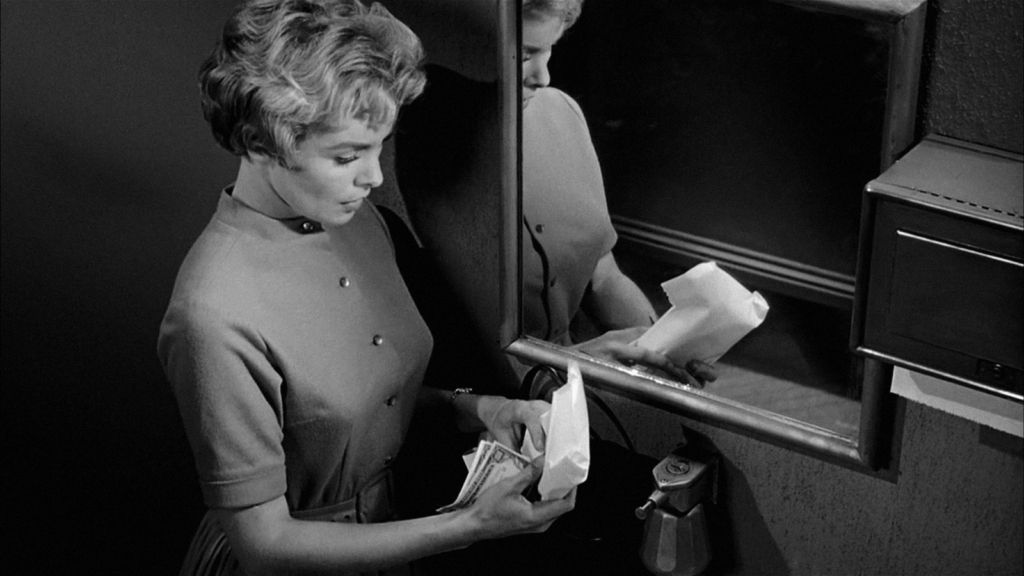
It seems that cultural changes and “modern terrors” influence our ideas and fears about horror. Therefore, when terrible things happen around us in the real world, our perception of horror also changes.
In the classic foundational horror film from 1960, Psycho, the woman represented the damsel in distress and the dumb blonde who needed to be punished for her sins and for not remaining pure and demure. Now, we get films like Happy Death Day and Ready or Not (among many others), where the female lead is blonde and beautiful but also witty, intelligent, multi-dimensional, brave, and a force to be reckoned with.
Women in horror can now be seen as heroes and killers because their position in society has changed.
Although, as women face new restrictive laws surrounding healthcare and bodily autonomy — laws that seem to halt the march of progress and send women’s rights backward rather than forward — it will be interesting to see how horror films reflect these changes and reposition women in relation to onscreen terror as shaped by real-world horrors.


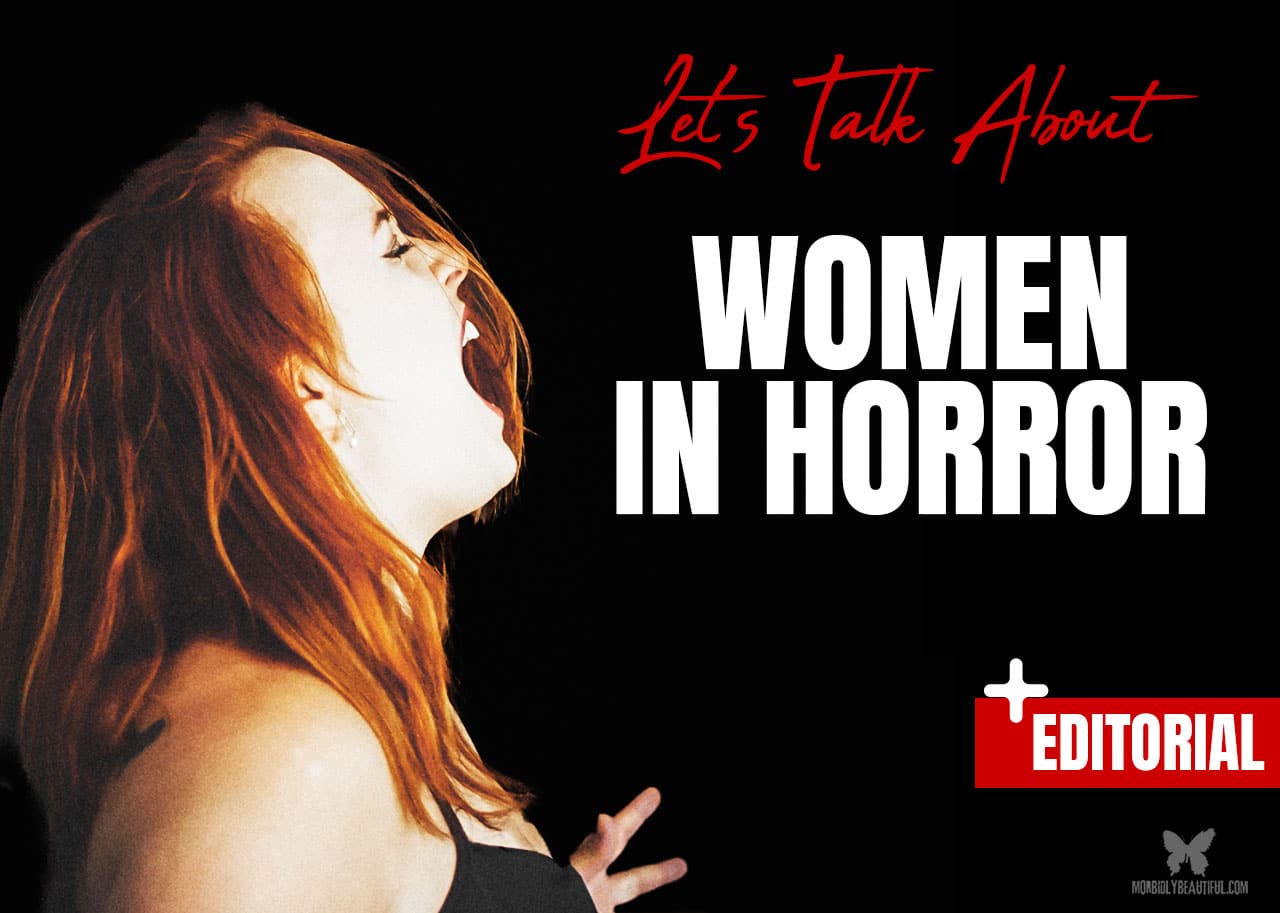


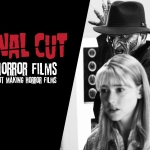







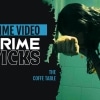




1 Comment
1 Record
Bill Farmer wrote: